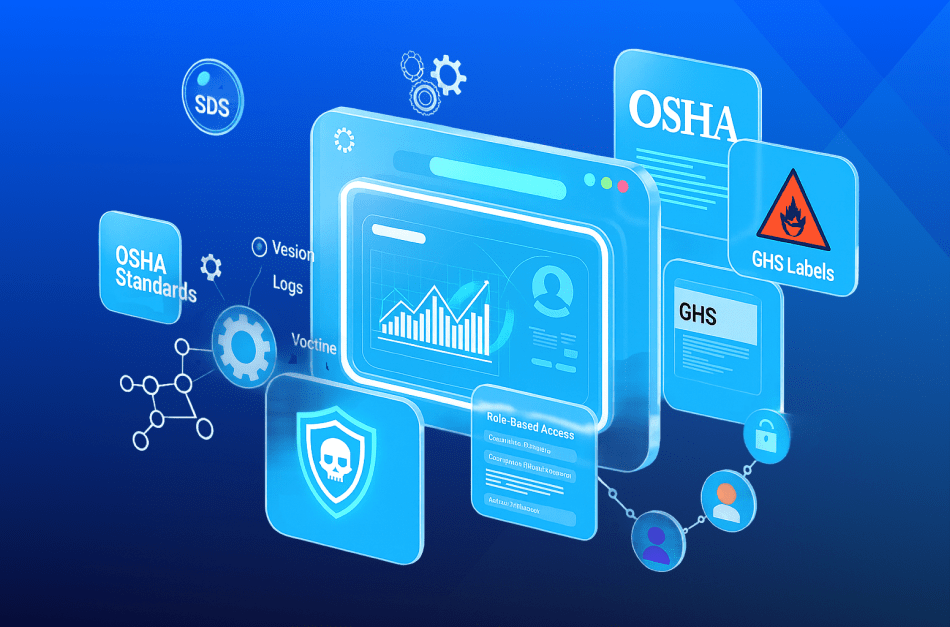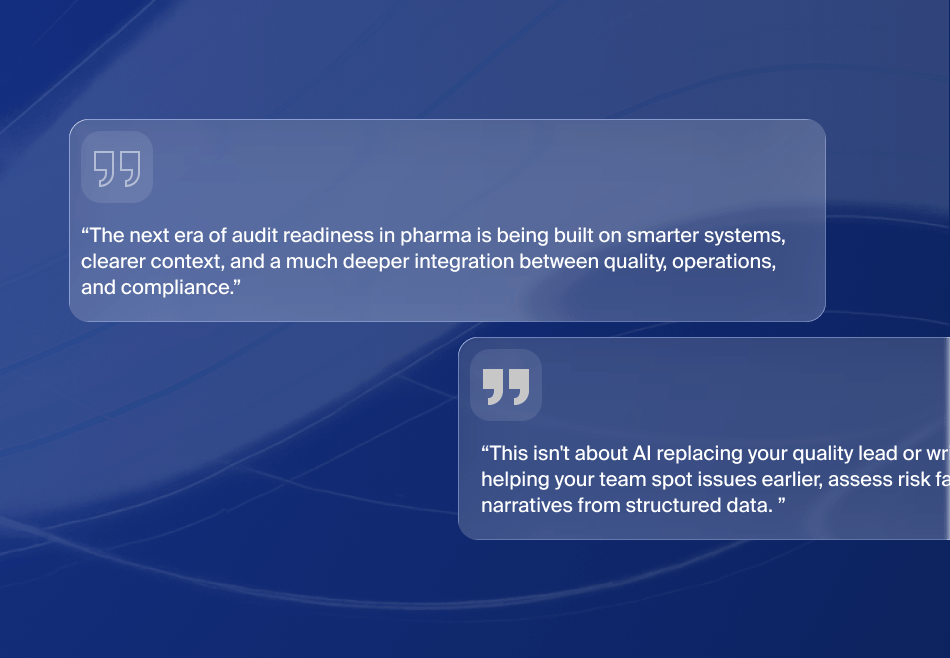By the Numbers
In a July 2021 report, Grand View Research estimated the 2020 global pharmaceutical manufacturing market value at $405.52 billion. Key metrics include:
- 11.34%: The industry’s expected compound annual growth rate (CAGR) from 2021 – 2028
- $957.59 billion: The revenue forecast for 2028
- 77.95%: The retail segment market share in 2020
The IQVIA Institute for Human Data Science used a five-year estimate from 2018-2023 in its 2019 report. This report estimated spending on medicine to top $1.4 trillion by the end of 2021. Looking ahead to anticipated global medicine spending and growth in 2023 shows the top individual regions in terms of spending and 5-year CAGR as being:
- United States: $625 – $655 billion, + 4% – 7%
- Pharmerging: $355 – $385 billion, + 5% – 8%
- Top 5 Europe: $195 – $225 billion, + 1% – 4%
- Japan: $89 – $93 billion, – 3% – 0%
“Pharmerging” is a term given to emerging nations in areas such as Africa and parts of Asia.
Figure: 1Estimated medicine spending by companies in 2023
Figure: 2Estimated growth rate of medicines by 2023
5 Topics to Ponder
Despite all the problems and deaths caused by Covid-19, along with its impact on pharmaceutical manufacturing and the U.S. trade war with China, the market for medicines and related products is staying strong.
Looking several years out, one question CEOs and CFOs must ponder is what changes can we make now to prepare for a profitable future?
According to The Medical Futurist, the Top 5 trends for leaders to consider in the coming years include:
- 1.Using artificial intelligence to speed research & development. Spending on AI in healthcare alone is expected to hit $31.3 billion by 2025.
- 2.Empowering patients to aid in drug design and advisory boards. TMF notes the Food and Drug Administration has its own patient engagement advisory committee. The FDA states the committee considers different topics including the design of clinical investigations, communicating device benefits and risks, digital health technology and more.
- 3.Conducting experiments using computer simulations or “in silico,”. This is another digital trend in pharmaceutical manufacturing. This method eliminates animal testing and side effects on humans and animals. So far, this technology is less than halfway to becoming a reality, though.
- 4.Boosting the supply chain with technology such as blockchain to enhance security and improve inventory tracking. “Counterfeit drugs might make a cheaper alternative but are the cause of tens of thousands of deaths worldwide while the fake drug trade continues to be a profitable multi-billion dollar business,” according to TMF.
- 5.Using technology to appeal to more providers and payers. TMF mentions a wearable monitoring device and an app for feedback from doctors plus the app itself. Another technology is 3D printed pills such as Spritam that gained FDA approval in 2015.
Another topic mentioned in a different report is using real-world-evidence (RWE). A 2018 report by Deloitte defines RWE as, “clinical evidence about a product’s usage, potential benefits and risks derived from real-world data.”
However, Deloitte’s survey also highlighted three potential barriers to RWE adoption by pharmaceutical companies:
- 75 percent: Major lack of receptivity by external stakeholders
- 70 percent: Lack of understanding by internal stakeholders
- 65 percent: Lack of access to necessary external data
AI and ERPs
Enterprise Resource Planning (ERP) software such as Microsoft Dynamics 365 Finance can support different AI modules, as needed. Depending on a business’ requirements, AI can help conduct research more efficiently, automate manual processes and perform other repetitive tasks.
AI benefits researchers through natural language processing and reasoning, learning from data and optimization addressing problems. One example cited by the Royal Society is using “deep” neural networks to identify features required to solve problems. Another uses reinforcement learning to examine many scenarios and assigning credit to different moves—such as chemical combinations—based on performance.
When it comes to research and manufacturing of pharmaceutical products, AI helps researchers use genomic data to predict protein structures, improving diagnosis and developing new treatments. Using machine learning—one part of AI—to predict the three-dimensional structure of proteins from DNA sequences is another example. This is quickly becoming one of the biggest trends in the pharmaceutical industry in 2021.
By creating a highly-detailed computer model that replicates a human organ, pharma companies can see the effectiveness of different drug therapies on specific diseases.
When it comes to pharmaceutical manufacturing technology, which versions work? What are the side effects? What changes can we make to reduce the side effect’s severity? These are some of the questions AI can help answer quickly and efficiently without experimenting on humans or animals.
In terms of business, “artificial intelligence technology allows businesses to automate a variety of processes, frees up employees’ time and helps improve productivity.” The result is greater output in less time at lower cost, according to Intellspot.
AI also helps capture competitive research and analysis. One tool with that capability is Microsoft Power Bi. This software has three types of AI transformations:
- Text analytics tags images and extracts key phrases
- Vision analyzes images
- Azure ML helps generate insights and predictions
ERPs and Regulatory Compliance
A major obstacle unique to technology in pharmaceutical manufacturing is dealing with FDA regulations. Many of these rules require strict recordkeeping. Modern ERPs, which share data between departments, allow companies to keep more accurate documentation and inventory. ERPs allow executives to review data for accuracy, ensuring that information from Inventory Control matches what Finance says it should report.
A key feature of sharing information between different departments such as Inventory Control and Finance, companies can spot areas for improvement. Are FDA documentation requirements being met? A simple query can give a CEO the answer for any department anywhere in the world.
ERPs can also ensure that product communications meet the FDA’s stringent requirements for truth under the Federal Food, Drug and Cosmetic Act (FD&C Act). These laws can result in severe fines for conveying important information the FDA considers misleading.
Labelling is another major part of FDA rules, one where D365’s Inventory Control Module for Dynamics Supply Chain Management stands out. This lets businesses generate barcodes and other labels, tracking products and batches from the moment they arrive through production to their delivery to customers.
Summary
Pharmaceutical manufacturing technology, like the use of AI or ML in research & development, are quickly becoming leading pharmaceutical industry trends since 2020, helping make pharmaceutical companies leaner and more efficient. Modern software like tier 1 ERPs lets them gather, sort and analyze information obtained from the continuous manufacturing of pharmaceuticals much more rapidly than ever before.
Keep up with the Pharmaceutical Manufacturing trends. Get an obligation trial of Microsoft ERP tailored for the Pharma Industry.










